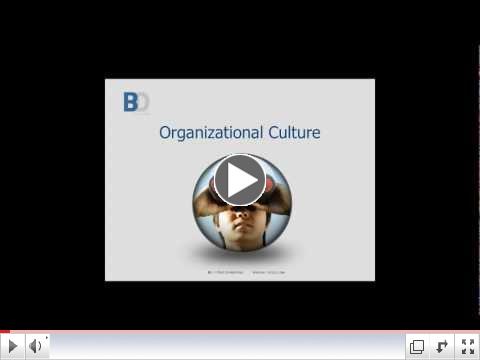
Getting beneath the surface: Ed Schein's view of organizational culture
Ed Schein offers a simple but compelling model for understanding organizational culture ...more |
Betty Doo Consulting 405 Waltham Street, #417 Lexington, MA 02421 T: 781-258-5156
|
| ______________________
Our leadership development firm is a referral-based business. Feel free to pass along our contact info or forward this email to anyone you think would benefit. Thanks!
|
|
Greetings!
Leadership and organizational culture are intertwined in a complex and dynamic way. Changing the culture of an organization is a very slow and difficult process; nonetheless, understanding the culture of your organization may help you to gain a better understanding of its effectiveness, particularly given the rapidly changing global environment in which most organizations are embedded.
I currently teach a course at Northeastern University on Organizational Culture. The interdisciplinary nature of this topic has given me the opportunity to explore scholarly and practitioner-based literature on organizational culture that spans many disciplines, paradigms and decades of work. I hope these brief writings and resources will be of interest and possibly expand your thinking regarding the nature of your work in organizations.
-Betty Doo
|
|
Multiple Perspectives on
Organizational Culture
The lens we use to observe the culture of an organization will impact what we observe and our interpretations. Dr. Joanne Martin (Stanford University) presents an illuminating approach for understanding organizational culture. She states the scholarly research on this topic can generally be seen as falling into one of three different perspectives: Integration: emphasizing homogeneity, shared assumptions Differentiation: which focuses on sub-cultures Fragmentation: which sees cultures as ambiguous entities The particular perspective we take when observing an organization's culture will impact what we see, what we don't see, the methods we use, and our assumptions and interpretations. You may or may not agree with Dr. Martin's premise; however, it is worth considering how our own professional paradigms or biases may influence our ability to grasp the full dimensions of the organizations in which we work. If interested in learning more, you might want to check out her book * or this 8 minute video presentation I've created which provides a high level summary of the theory.  | | Organizational Culture-Multiple Perspectives.mp4 |
*Martin, J. (2002). Organizational Culture: mapping the terrain. Thousand Oaks, Sage Publications. |
Organizational Climate vs. Culture
Like many topics related to the study of organizational culture, the "climate vs. culture" debate endures. Precise definitions of each of these constructs remain elusive, which further complicates the picture.
Many scholars have come to some level of consensus. Culture is viewed as a complex, enduring and slowly evolving phenomenon; climate, on the other hand, tends to be seen as a more limited or focused construct such as "psychological climate", "managerial climate", or "customer service climate". It is thus seen as specific, ephemeral and more easily changed through interventions.
We often talk about needing to change the culture of an organization; however, what may be needed is a change in climate, possibly in some very specific areas. For example, there may be an overall level of fear or mistrust in an organization resulting from recent changes or disruptions such as downsizing or budget cuts. In this case, it may be more expedient and even preferable to improve the organizational climate by openly addressing the impact of these changes and disruptions, rather than attempting a large scale organizational culture shift.
For those interested in learning more about the current thinking on organizational climate and culture, the following text is a great resource:
Ashkanasy, N.M., Wilderom, C.P.M., and Peterson, M.F. (Eds.). (2011). The handbook of organizational culture and climate (2nd ed.). Thousand Oaks, CA: Sage Publications.
|

The "BLT" ..... Betty's Leadership Tip
(suitable for vegetarians) As a leader, you can have a big impact on an organization's culture, but you are also influenced and constrained by the culture.
Spend some time observing the physical manifestations in your organization, such as: its design; how people dress, act, talk, work; informal and formal relationships; how people are rewarded, etc. Approach this observation with a fresh eye; many of these physical manifestations become invisible to us as they evolve into "the way things are done around here".
Now ask yourself: what is the deeper meaning behind these overt symbols, rituals and patterns of behavior? What role do they play? It might help you to understand behaviors that sometimes seem puzzling; within the context of your culture, it may all make perfect sense.
|
|
|
|
|